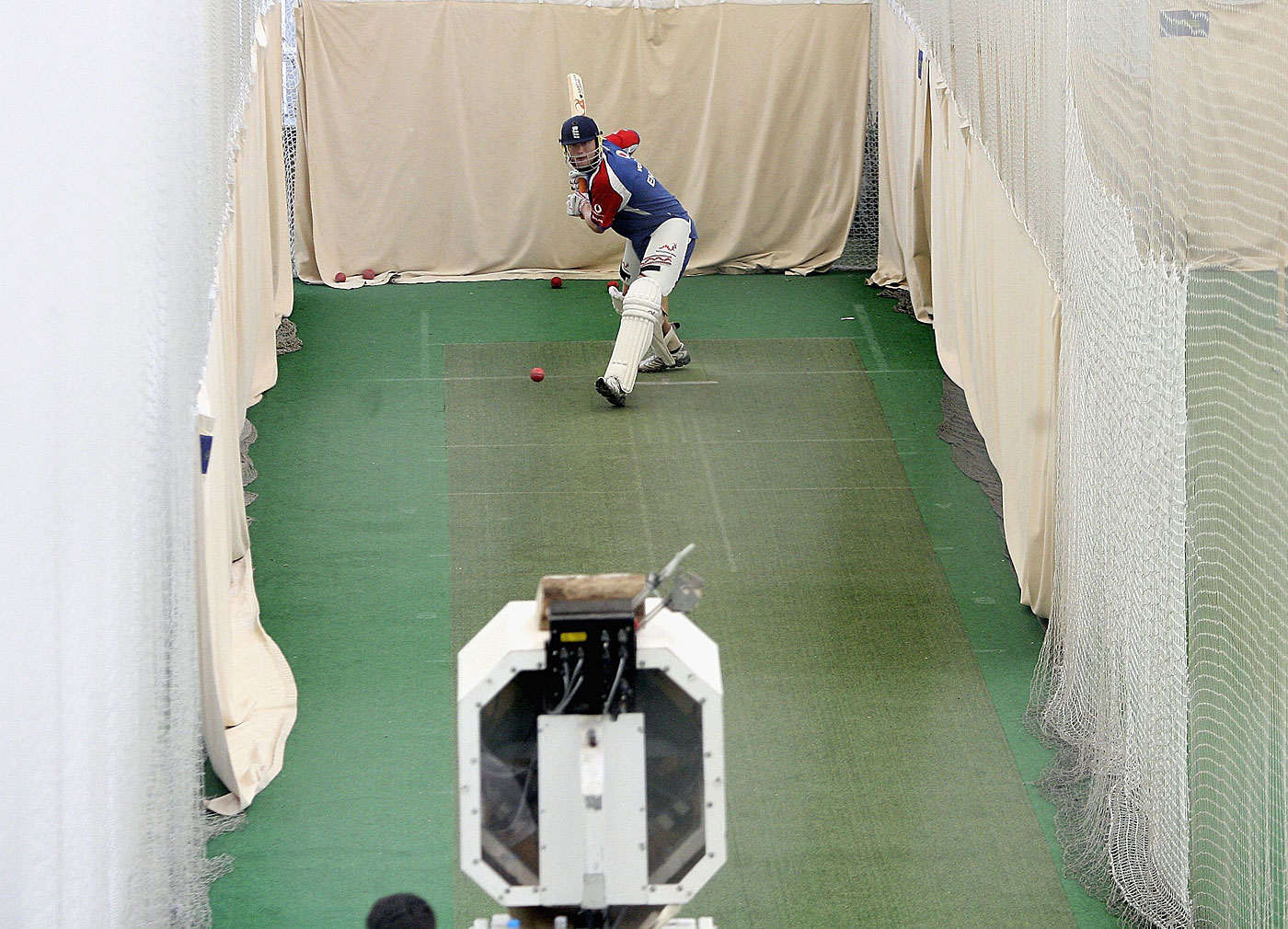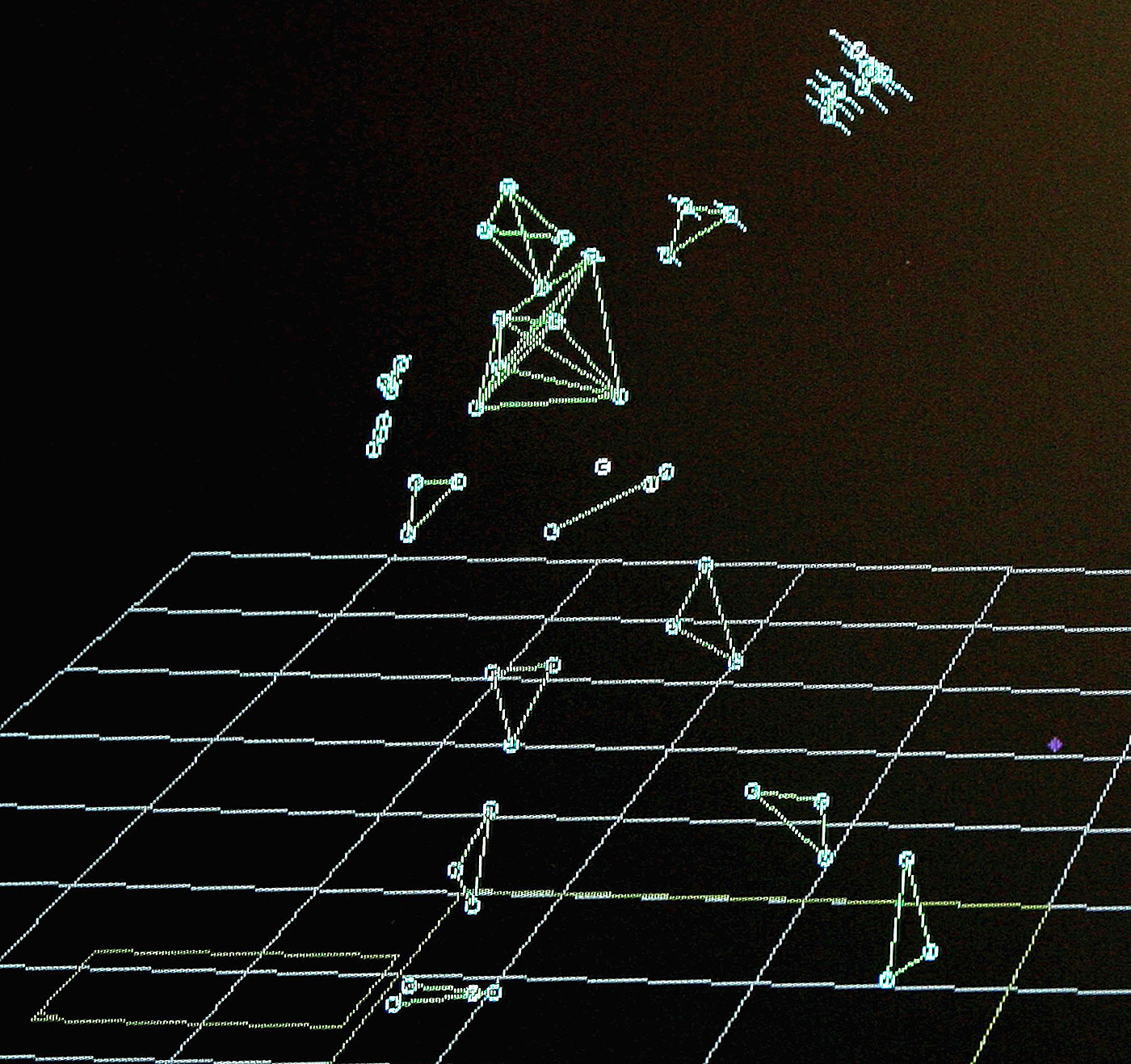 The professional cricketer lives an examined life, with feedback from various corners © Getty Images
The professional cricketer lives an examined life, with feedback from various corners © Getty ImagesEvery journalist knows the horror of their own voice. The realisation comes early, when you begin recording interviews. There, on the tape or in the bytes or the VT, is not the voice you thought that you had, the one that's been echoing in your ears for your whole life, but the one that the rest of the world hears - reedy, nasal, pitched entirely differently.
It takes a while to get over the discovery and to become acquainted with the notion that self-image overlaps only slightly with the objective view of the rest of the world.
Cricket is deep into its age of analysis. Kartikeya Date's lovely piece in the current Cricket Monthly illuminates the depth of it: every ball in every major match is logged, filed, deconstructed. It means that the professional cricketer lives an examined life, and its information comes at them from all angles: their coaches, their laptops, the television, the internet, YouTube, Twitter… a bombardment of feedback that can leave them in no doubt as to what they look like in the eyes of the world. Reality here is absolute, self-image challenged from an early age.
It has a purpose, of course; all of this stuff, and in a sport that exacts a high psychological price, strong self-knowledge can be an important anchor. It's why the analysed player speaks constantly of "knowing my game", "executing my skills" and so on. There is no longer any mystery to how they do what they do and so they take refuge in the empirical evidence of their talents.
The amateur cricketer (apart from the serious, higher-level one) is the polar opposite, a player who relies almost totally on the powers of delusion. In our heads we are younger, stronger, faster and better than ever. Fleeting successes sustain the vision.
The classic response to failure is not to practise more but to buy a new bat or try a new grip or take up a new place in the order. Bowlers gaze at the television and imagine that their pace is up there at the dibbly-dobbly end of the pro game - Paul Collingwood maybe, or David Warner.
Does analysis have a role to play here, where the idea of preparation is a few taps on the boundary edge when you're next in? Can an encounter with the awful reality of your game offer the way towards the radical and constant self-improvement sought and often attained by the professional cricketer?
As with all technologies, the machinery required for analysing cricket is becoming more available as the hardware becomes affordable. As a joint birthday present (and maybe a not-so-subtle hint) our team-mates bought me and my fellow senior player Big Tone a session at the indoor school at Lord's, where they have installed a lane with Pitch Vision technology and another with Hawk-Eye. Pitch Vision ("Come face to face with your own performance outcomes") utilises sensors and cameras to offer immediate video playback and analysis of every delivery on both a big screen behind the net and via downloadable post-session data for perusal at your leisure.
 A bowling action in pixels © Getty Images
A bowling action in pixels © Getty ImagesDisconcertingly, it also measures the speed of each delivery. Accompanying me and Big Tone (ostensibly both batsmen) is our captain Charlie, who is an opening bowler and as such has more invested in the unyielding outcome of the speed gun.
I watch a playback as a stooped, shuffling figure advances slowly - really slowly - towards the crease before hopping into a round-arm, bent-backed delivery that progresses at a stately 50mph towards the batsman. "Ha!" I think. "Who's that old man…" before the dreaded realisation that, of course, it is me.
In my mind, I have a jaunty and rapid run-up and quite a high arm. The screen before me shatters that illusion forever. Sybil Fawlty's withering description of the hapless Basil as "a brillianteened stick-insect" flashes into my head as I watch myself replayed in super slo-mo. I briefly salvage some self-esteem with a delivery recorded at 62mph before realising that the screen is still showing Charlie's last ball.
The batting was a little better, or at least a little more familiar. I'd seen myself on camera years ago and so my psyche had absorbed the fact that I wasn't exactly King Viv, more of a taller Boycott type, whose defence was nonetheless far more permeable than the great man's. I had, though, an idea that my backlift was high and that I had a dynamic stance ready to push forward or back with coiled power. Sadly it was all more of a non-committed shuffle. Although my bat speed was something of a triumph, especially watching in normal time after a period of slow motion.
The Hawk-Eye session was equally revelatory. Its on-screen analysis is identical to its televisual output - the beehive, the pitch map, the strike zones and so on - except with very different, and reduced, figures. The finest moment was the side-on ball-tracker of one of Big Tone's medium-pacers. Stopping the gun at 42mph, it ascribed two long and looping parabolas and was actually descending as it hit the stumps. The ball's pathway resembled a 22-yard letter "m".
It was a lot of fun, and illuminated the gulf between the world of the pro cricketer, who must worry and fret about this sort of stuff, and the amateur, who, like me, watched Glenn Maxwell bowl the next day at 57mph with renewed admiration for his pace. In the blinding light of technology's glare, your game is laid bare. It will take me a while to retreat back into the land of comfortable and happily deluded fantasy.
No comments:
Post a Comment